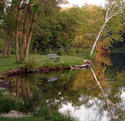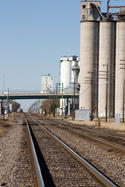With the sale of Lehman Brothers seen as imminent — possibly as soon as this weekend — New York's commercial real estate market is bracing itself for the loss of a key financier responsible for tens of billions of dollars in commercial loans.
"It would be one less major player," a commercial real estate finance expert at New York University Schack Institute of Real Estate, Lawrence Longua, said. "It is probably more of a psychological effect, but it is one more piece of bad news." read more »





















